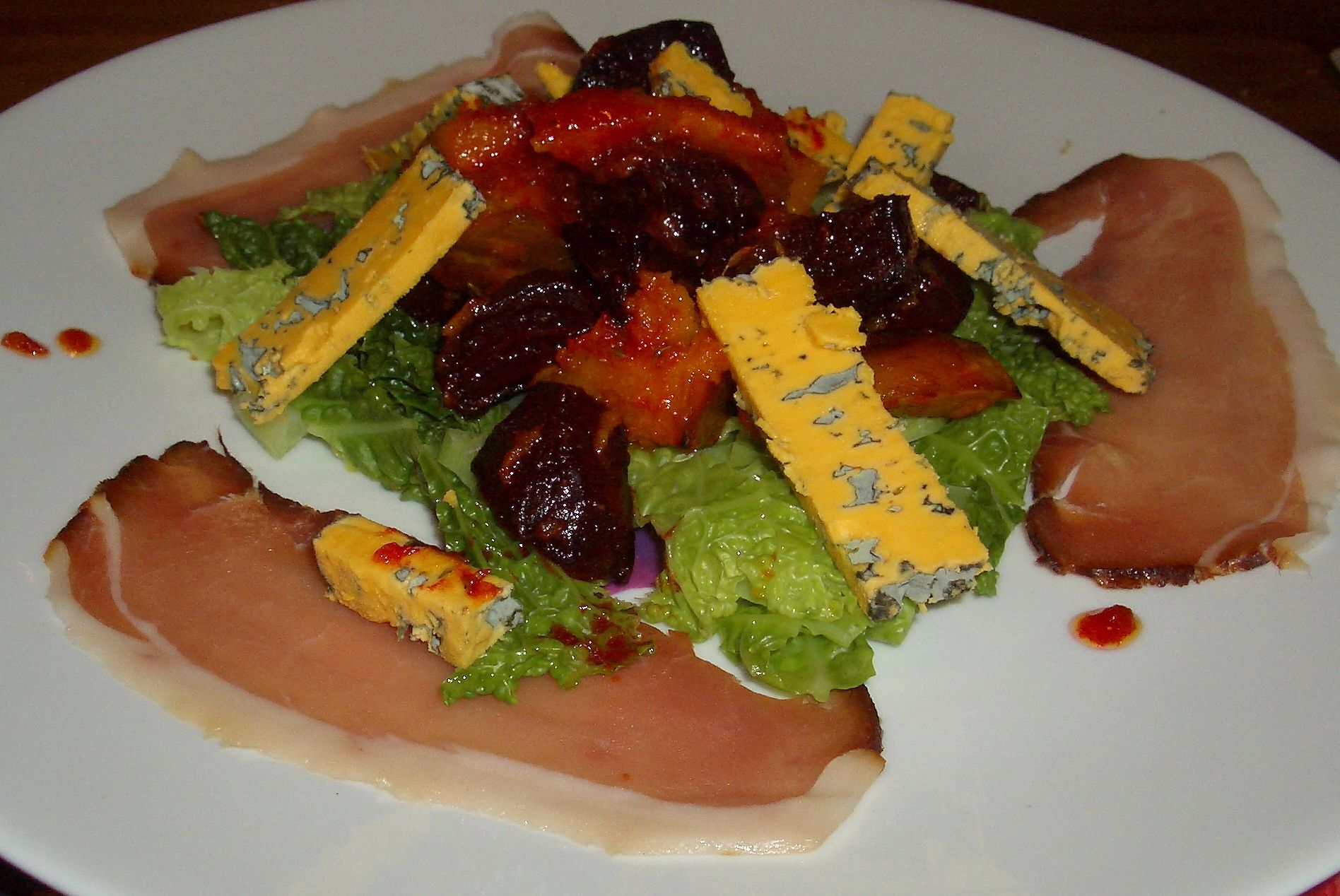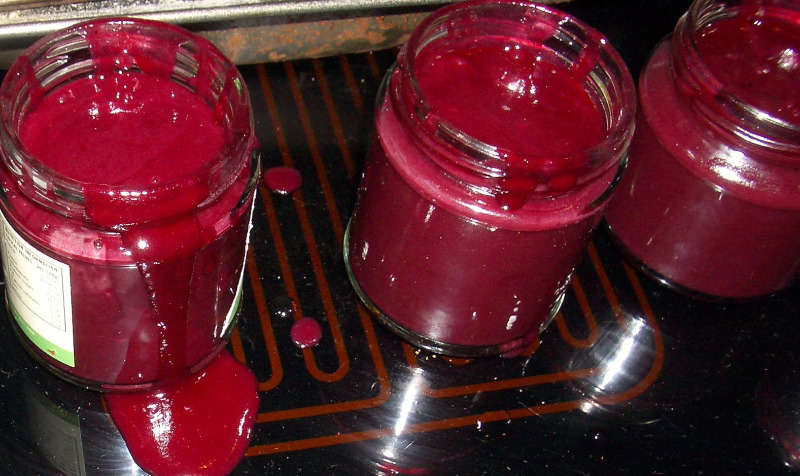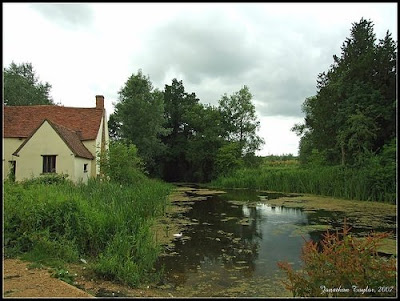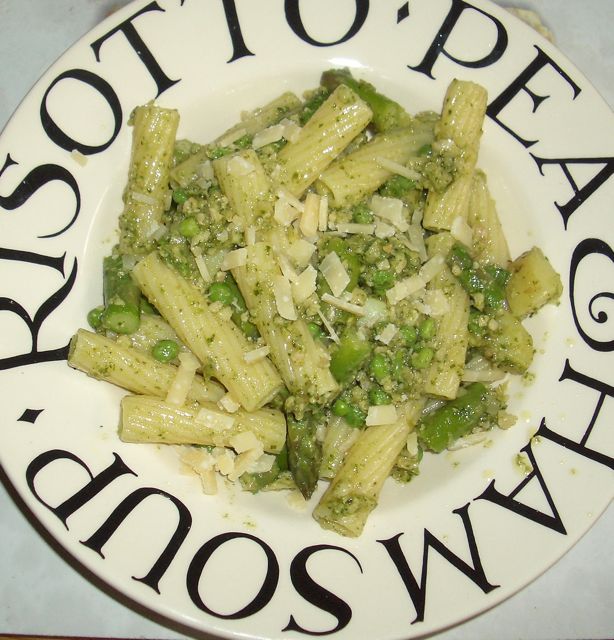Even after a year on Twitter I still find the connections you make amazing and surreal at the same time. I guess its true of any kind of networking that if you put effort in and talk to people then you’ll have some great opportunities present themselves. I’ve meet a whole lot of fascinating people, some I’ve only talked to on Twitter so far but plenty I’ve met in the ‘real’ world as well. So I’ll be carrying on tweeting (and other online networking) and hoping to meet more.
One opportunity that came up recently was the chance to write articles somewhere other than here on my blog. I was thrilled. I don’t think I really thought about why I started my blog in January 2009, I just did. Well that’s not quite true a very good friend and (ex)colleague said over lunch:
‘If you say one more time that you want to do something with your love of food and don’t do anything about it I’ll dump you as a mate.’
I kind of hope he wouldn’t have dumped me but it did spur me into action, well at least to writing the blog and then other things unfolded from there. I have to say that writing for others wasn’t particularly on my list of places it might take me, so it was nice to have someone think my writing was what they needed for their newsletter that goes to 6000 people every two weeks. I’m sharing the writing with Helen from A Forkful of Spaghetti, we’ll be trying to alternate each newsletter so that the readers get a different outlook. We’ll be talking about what’s in season and trying to highlight the best of local British produce, things very dear to my heart when it comes to food.
So without further ado I’d like to say a big big shout for Francoise Murat for asking me to contribute to her company’s newsletters. Its very nice to see my writing sitting alongside articles about garden and interior design, two things I love but rarely touch on here, after all this is all about the food.
I’ll post each piece on the blog close to when it goes out but if you like gardens and interiors then you should at the very least take a look at Francoise’s website and follow her on Twitter.
Website: http://www.francoisemurat.com/
Twitter: http://twitter.com/FrancoiseM








 Hmmm looks like a bunch of weeds in a badly tended garden if you ask me…..but hold one we are going to find at least FOUR, yes that’s four, edible goodies in this patch.
Hmmm looks like a bunch of weeds in a badly tended garden if you ask me…..but hold one we are going to find at least FOUR, yes that’s four, edible goodies in this patch.




